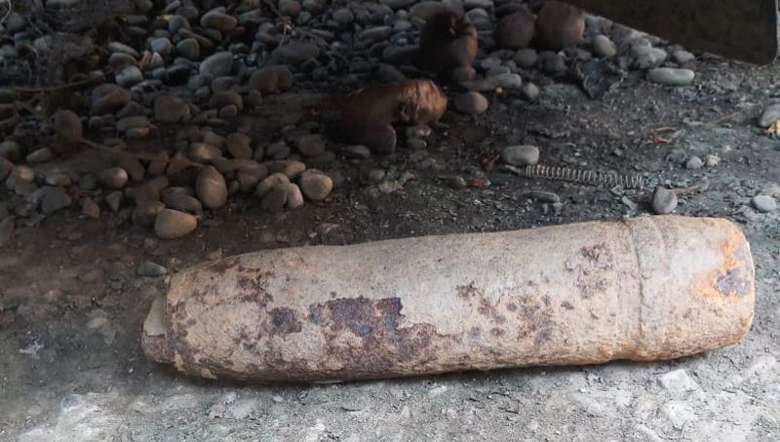In the Battle of Imphal and Kohima, did the presence of the Indian National Army alongside the Japanese troops cause the British to be haunted by the spectre of the 1857 Sepoy Mutiny? Was the same thought also behind the Japanese overconfidence in believing they would take Imphal and Kohima quickly, therefore sending three divisions of their troops into a British fortified region with only three week’s supply and no logistic backups?
These were some interesting thoughts that surfaced during discussions at the recent launch of a book ‘The Battle of Imphal and Kohima: Japanese Operations in Northeast India’, compiled by The War History Office of the National Defence College of Japan, supervised and edited by Prof. Tohmatsu Haruo, in New Delhi, Kolkata and Imphal. The book came as a relief to war historians who long felt the Japanese silence deprived them of an alternate view of these battlefields to counterweigh accounts of the winners.
In the Battle of Imphal and Kohima, March to July 1944, Japanese forces suffered a crushing defeat. Interestingly however, while both British and Japanese sides agree on the horrific scale of violence of these battles, they differ on the importance they give to them. Both are also rather silent on the role of the INA and this silence does seem loaded with meanings.
Prof. Tohmatsu Haruo for instance says that the Japanese had little interest in opening a front in India and their primary objective in entering the Northeast was to cut off the route by which Allied forces were funnelling supplies to Chiang Kai-shek’s Koumintang troops fighting the Japanese in China then.
This does seem like the ego defence mechanism of ‘rationalisation’ in psychoanalysis, primarily meant to dodge the tearing guilt of a disastrous decision which cost the Japanese nearly 60,000 casualties – a majority from hunger and disease. Otherwise, why would the Japanese have committed so much of their resources to an objective claimed to be so limited.
As Sharmila Bose writes in an essay, Lt. Gen. Renya Mutaguchi, the overall Japanese commander on this front and Netaji Subhash Chandra Bose shared good chemistry and the former trusted the latter’s judgments. They probably shared the belief that the INA would be able to cause large scale defection of Indian troops in the British Army to the INA. If this had happened, it would have been instant doom for the British Army.
Reinforcing this belief would have been the fact that these were days of great disenchantment with the British in India. The Quit India Movement and the Bengal Famine were just two developments characterising this mood. Even in Manipur, the British policy of exporting rice from the state led to the 1939 uprising led by womenfolks known as Nupi Lan (Women’s War).
British commander of the WWII Burma theatre, Field Marshal William Slim notes in his book, Defeat Into Victory, that INA soldiers distributed pamphlets urging Indian soldiers in the British Army to defect. This however did not happen. But there probably was only a thin psychological barrier left to be breached, and things could have been very different if the Japanese and INA prevailed on this front. If such a breach did happen, this could have had a ripple effect, or maybe a tsunami, in the rest of India. The consequence is also imaginable. Not just the British army but the British Empire would have been left facing an existential crisis.
Unlike Japan, the British voted the Imphal-Kohima battle as the most crucial in their history, ahead of Waterloo and Normandy, in a 2013 poll conducted by the National Army Museum. The initial rounds were online and all throughout, the frontrunners were Waterloo and Normandy. In the final round only experts voted, and for each battlefield shortlisted, there was one military historian arguing the case. Robert Lyman stood up for Imphal-Kohima Battle. Lyman’s convincingly argued that a defeat here could have meant a humiliating British exit from India. He also said “the Indians weren’t fighting for the British or the Raj but for a newly emerging and independent India and against the totalitarianism of Japan.” Is this a Freudian ‘sublimation’, admitting in a disguised way the fear of a possible modern avatar of the 1857 Sepoy Mutiny inspired by the INA?
This article was first published in The Telegraph on January 26 under a different heading. Read Here.










